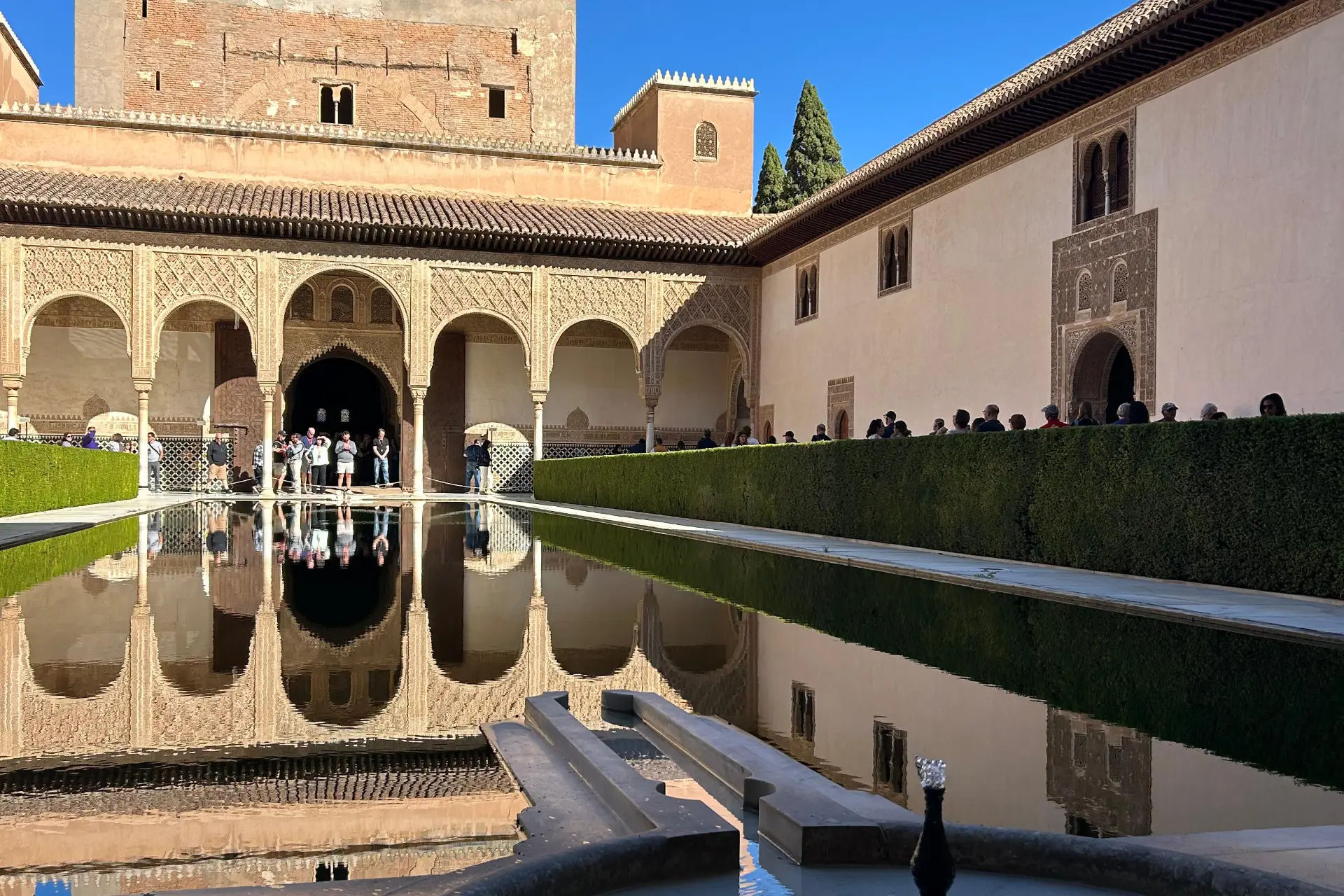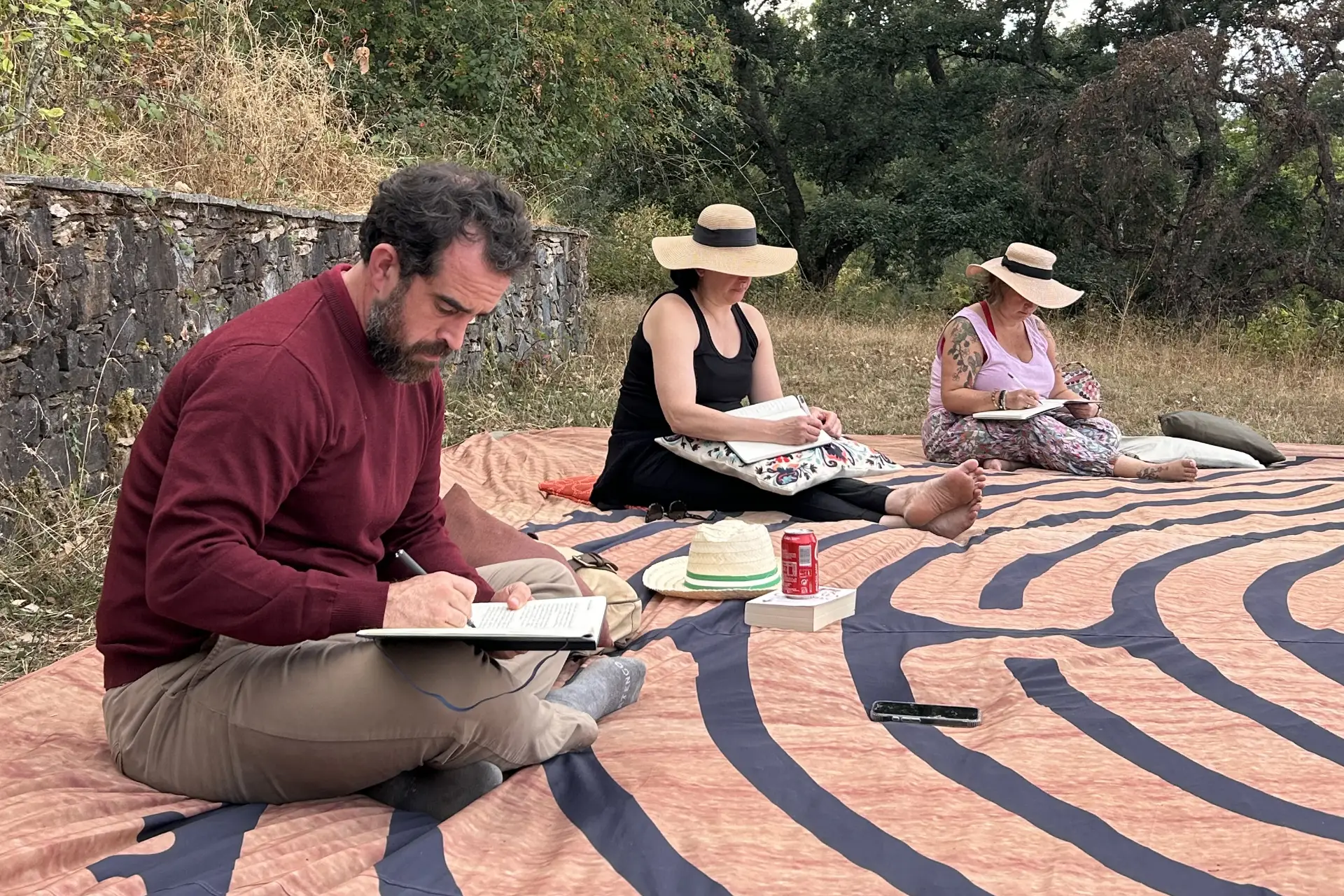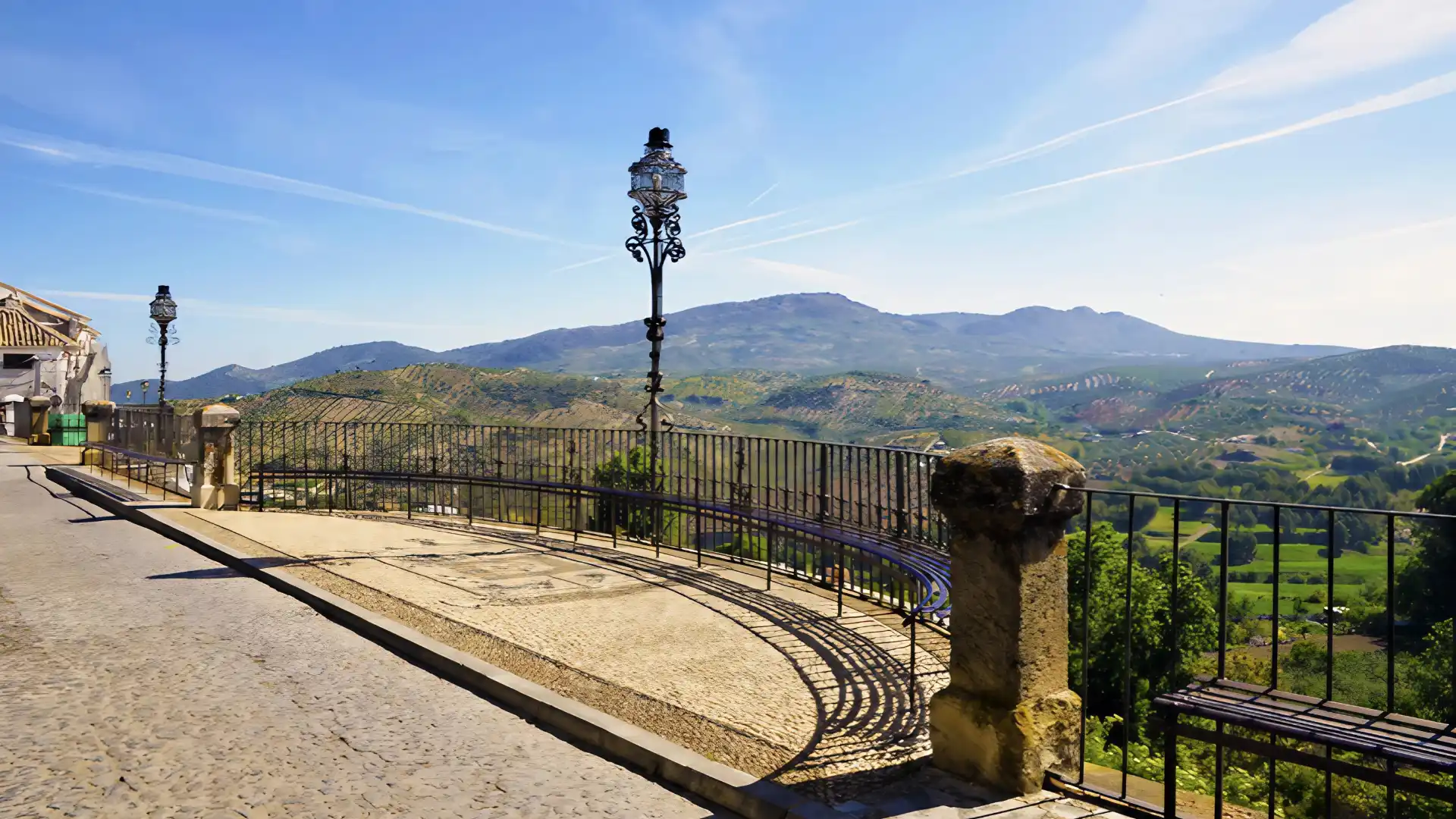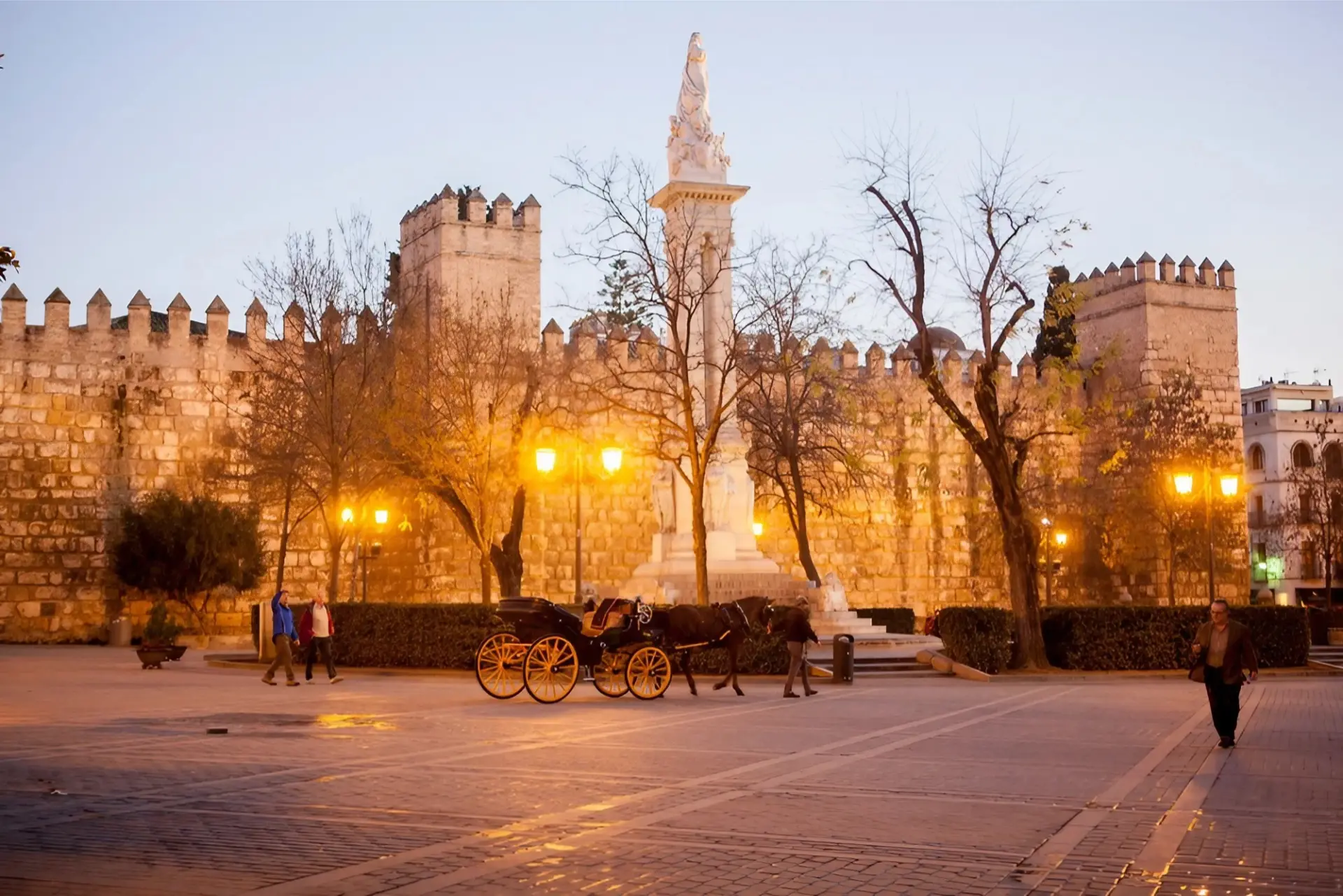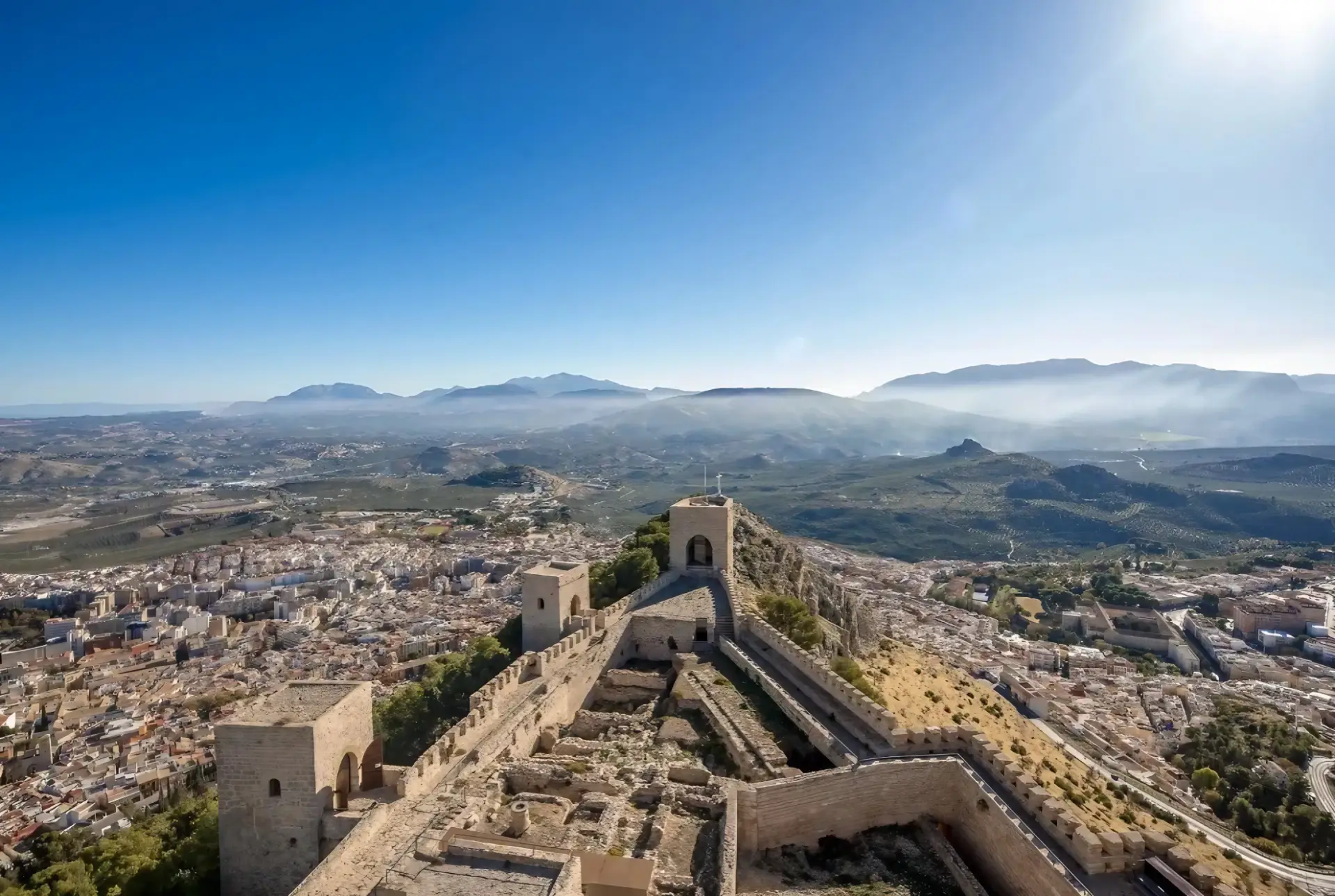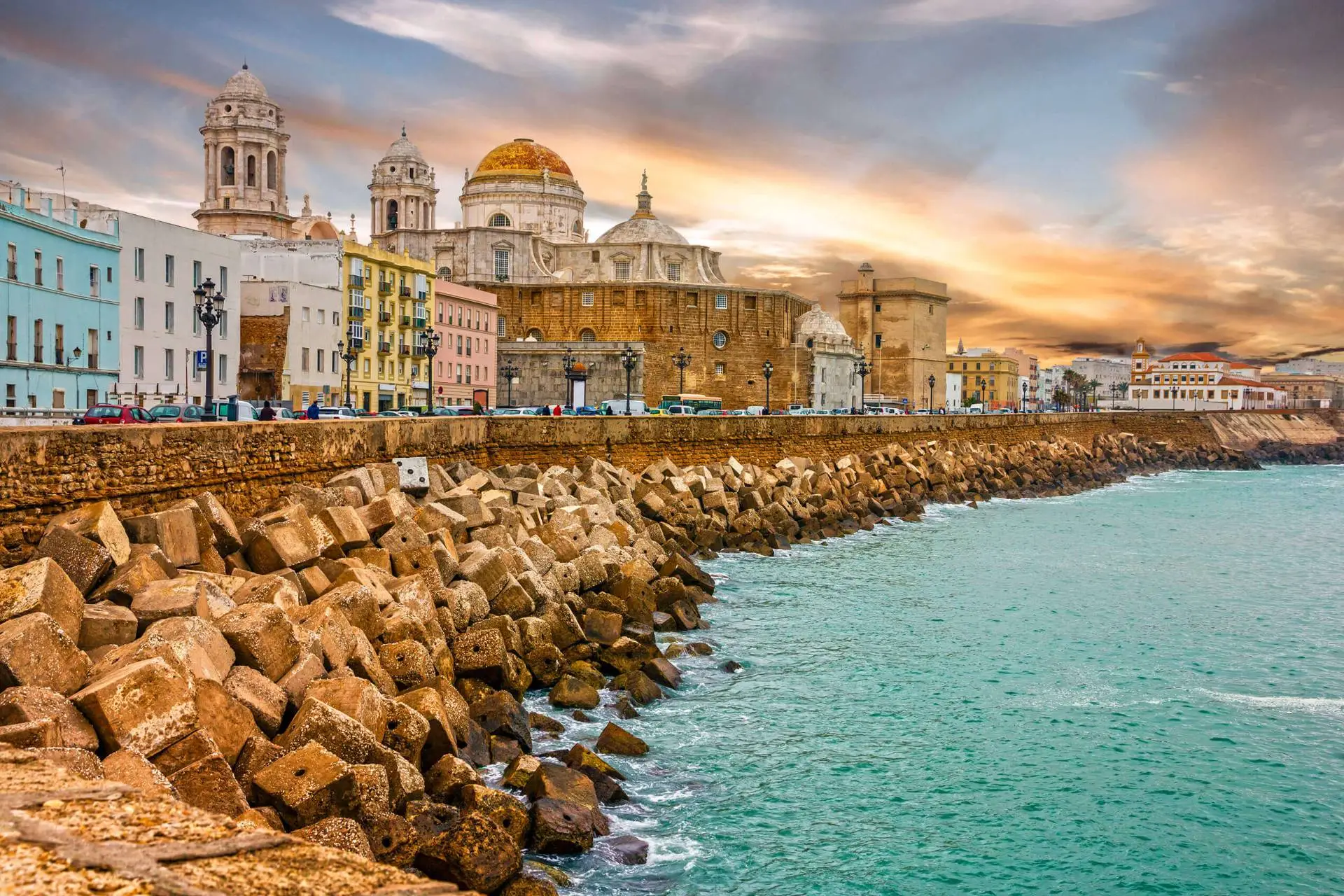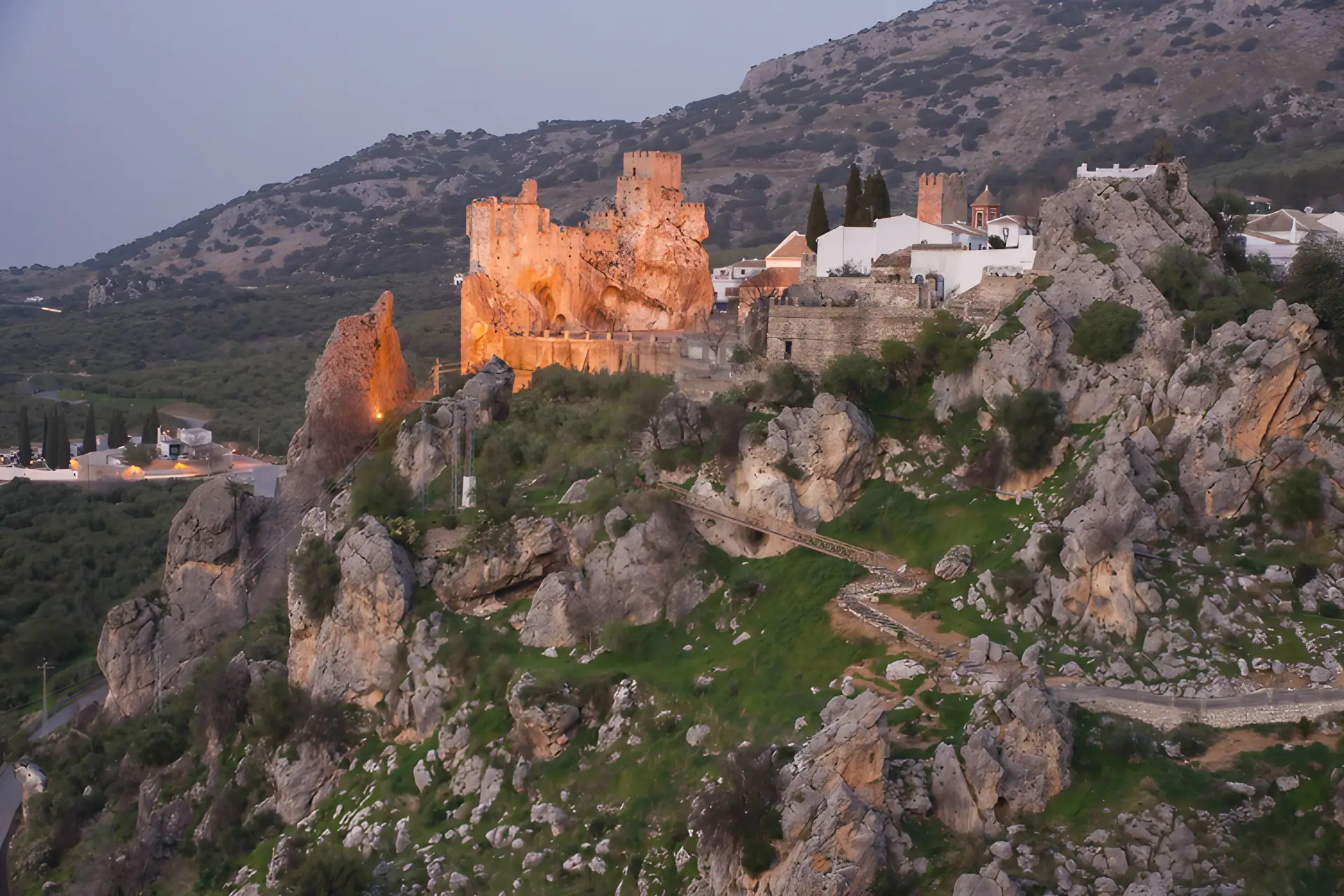When pilgrims speak of walking the Camino de Santiago trail (St James Way), they often mean the Camino Frances (French Route), which starts just over the border from Spain. But there is more than one way to Santiago de Compostela, and each displays a different aspect of Spain – from landscape to cuisine and local culture.
The Camino Frances takes in the lush hills of Galicia, the vineyards of La Rioja, medieval villages, Pamplona, and Burgos – the home of the Spanish hero El Cid. The Camino Inglés (English Way) has two starting points – A Coruña and Ferrol. From Ferrol, pilgrims enjoy two days of coastal walking, taking in quaint seaside towns including Betanzos.
The Camino Mozárabe and Vía de la Plata
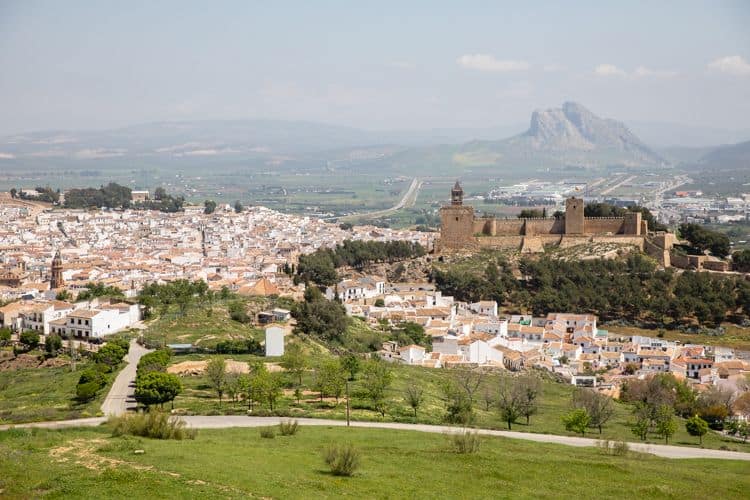
For Toma and Coe, the Camino Mozárabe, which meets with the Vía de la Plata, is one of the most diverse, interesting and, of course, spiritual of the caminos in Spain. Winding through the heart of Andalucía and Extremadura to Santiago de Compostela in Galicia, the camino offers the pilgrim time to reflect, take in the ever-changing landscape and connect with nature and themselves.
Starting from Málaga, the Camino Mozárabe heads inland through Andalucía. The hill-top town of Antequera rises out of the surrounding plains. Largely free of tourists, it is known as the Heart of Andalucía, and offers pilgrims a wide array of historic and cultural experiences. From there, the pilgrim wends their way to Córdoba, a veritable jewel in Andalucía’s crown boasting the Roman, Moorish, Jewish and Christian delights.
The Vía de la Plata winds through Extremadura, a lesser-known region of Spain bordering Portugal, noted for its forests and lakes. The region has a host of Roman ruins, especially in Merida, a UNESCO World Heritage Site. Across a high plateau through oak woods and farmland, the camino visits the Renaissance city of Salamanca. Onwards through the plateau of the Castilla y Leon region with farmland split by the red earth of the camino path, pilgrims are close to the northeast corner of Portugal. There the route becomes hillier as the lush province of Galicia hoves into view.
Ourense to Santiago de Compostela
It is in Galicia that the Toma & Coe pilgrim tours along the Vía de la Plata start in this Holy Year, at the picturesque city of Ourense. Known for its thermal springs, the city’s history stretches back to the Romans, with every epoch leaving its stamp on the architecture. A night at a top-class hotel is the prefect preparation before starting on the St. James Way pilgrimage.
The 108km, which qualifies the walker for their pilgrim certificate, stretches northwards through typical Galician farmland villages and hamlets. The heritage of the camino is evidenced in the chapels, crosses and statues seen every day on the walk.
The final kilometres before entering Santiago still reflect rural Galicia. Then the final destination, and the attractive city opens up before you. The cathedral dominates the square in which it stands and is the culmination of this inspiring and revelatory pilgrimage.
From coast to interiors and hills to plains; farmland, rocky outcrops and verdant hillsides; remote villages to UNESCO Heritage Sites, the Camino de Santiago trail displays the beautiful diversity of magical Spain.

